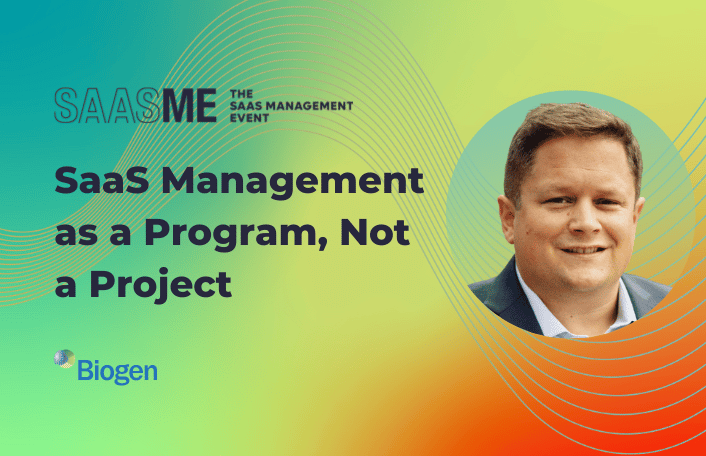
How Biogen Leverages SaaS Management as a Program, Not a Project
Table of Contents ToggleStart with Quick WinsOperationalize to Turn Short-Term Wins...
Back
Back
Search for Keywords...
Blog

Table of Contents
In the race to bring new treatments to market, every dollar matters. Pharmaceutical companies invest billions in research and development (R&D), yet many unknowingly waste millions through underutilized or redundant software applications.
Managing software in a pharmaceutical environment is anything but simple. Teams across the business—from research to clinical to commercial—rely on specialized tools to do high-stakes, high-impact work. But without clear visibility into what’s being used, by whom, and how effectively, software spend can quietly skyrocket. As a result, budgets that could be fueling innovation end up tied up in tools that aren’t delivering real value.
Consider this: What if you could uncover an entirely new R&D funding stream without increasing your existing budget? What if it’s already there, tied up in duplicate tools, excess licenses, or shelfware?
According to our 2025 SaaS Management Index, organizations waste an average of $21M per year on unused SaaS licenses. And in any given month, just 47.3% of purchased licenses are actually used—meaning more than half of what’s being paid for delivers no value.
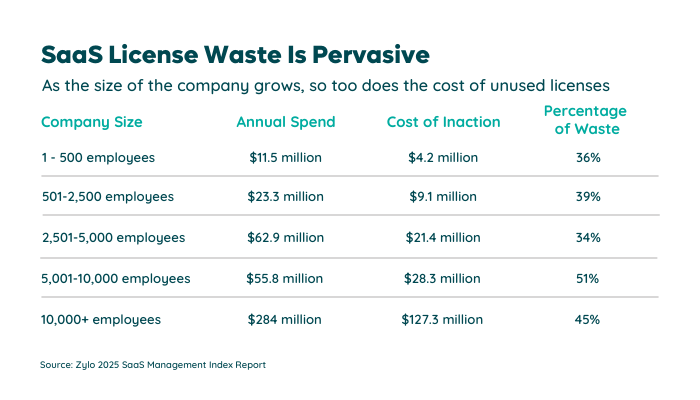
That’s millions of dollars that could be redirected toward funding new research and innovation.
Leading pharmaceutical companies have recognized this potential and taken action by investing in SaaS Management. At its core, SaaS Management is the discipline of discovering, optimizing, governing, and getting the most value from your software subscriptions. It gives IT, Procurement, and Finance teams a centralized view of every application in use: who’s using it, how much it costs, and whether it’s actually delivering value.
“We start with a clear understanding of our existing software landscape using tools like Zylo to uncover hidden applications and expenses, then we build governance processes tailored to manage these effectively.”
— Steve McKenzie, IT Supplier Management Lead, Zoetis
With that visibility, organizations can eliminate redundancy, rightsize licensing, reduce shadow IT, and ultimately free up budget that can be redirected toward strategic initiatives like R&D.
With SaaS now a top OpEx line item, leading pharmaceutical companies are transforming the way they manage software. On average, organizations are managing 275 SaaS applications and spending $49M annually, making oversight more critical than ever.
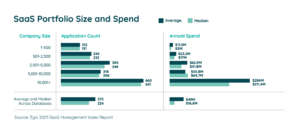
“We set a goal this year of saving a million dollars in renewals,” said Keith Sarbaugh, former VP of IT Infrastructure, Architecture, and Operations at Biogen. “I’m happy to say we’re well on track to hit that in our full first year of Zylo implementation.”
These examples demonstrate that substantial savings are achievable with a focused approach to SaaS Management.
Unmanaged software introduces several risks:
On average, lines of business own 70% of SaaS spend and half of all SaaS apps, while IT manages just a fraction. That fragmented ownership makes it nearly impossible to maintain consistent governance or ensure compliance across the board.

Each of these risks above carries a significant price tag, both financially and operationally. And every dollar spent on unused software is a dollar not invested in clinical trials, drug development, or talent acquisition. Multiply that across thousands of apps, and the opportunity cost becomes massive.
Across Zylo’s pharmaceutical customers, one theme stands out: cost savings may be the initial win, but it’s far from the only one. While cost savings are significant—and often immediate—that’s just the beginning. The real value of SaaS Management emerges as organizations gain visibility, control, and alignment across their SaaS portfolios.
With the right foundation in place, SaaS Management becomes a lever for operational excellence and agility. Pharmaceutical leaders are putting it into action by:
Pharma organizations can’t afford blind spots when software spend is rising and every dollar counts. Zylo helps IT, Procurement, and SAM teams bring clarity to complexity, so you can ensure your software strategy keeps pace with your innovation goals.
Ready to optimize your SaaS portfolio and boost your R&D budget? Discover how Zylo empowers pharmaceutical companies to achieve significant savings.

Table of Contents ToggleStart with Quick WinsOperationalize to Turn Short-Term Wins...
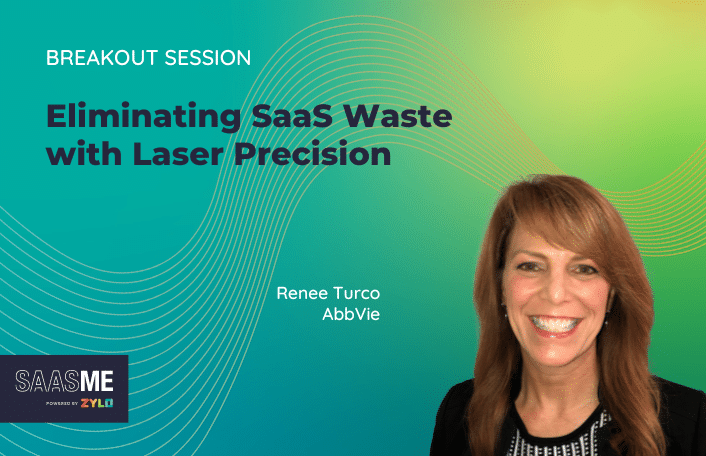
Table of Contents Toggle4 Ways AbbVie Eliminates WasteMonitor and Address Shadow...
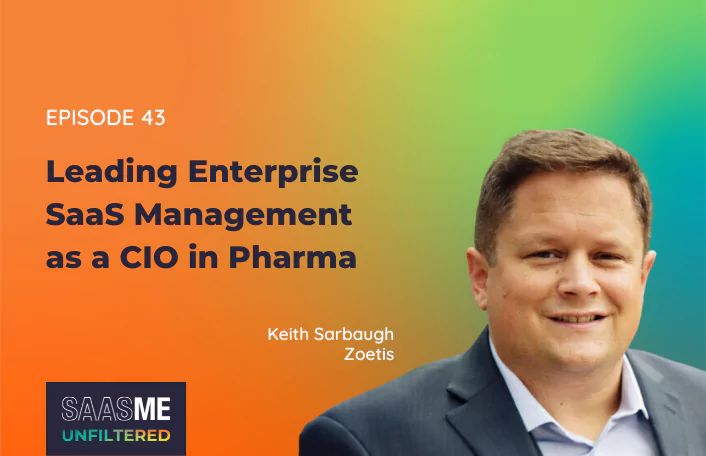
Table of Contents ToggleEpisode SummaryGuest SpotlightEpisode HighlightsGet the Right People in...
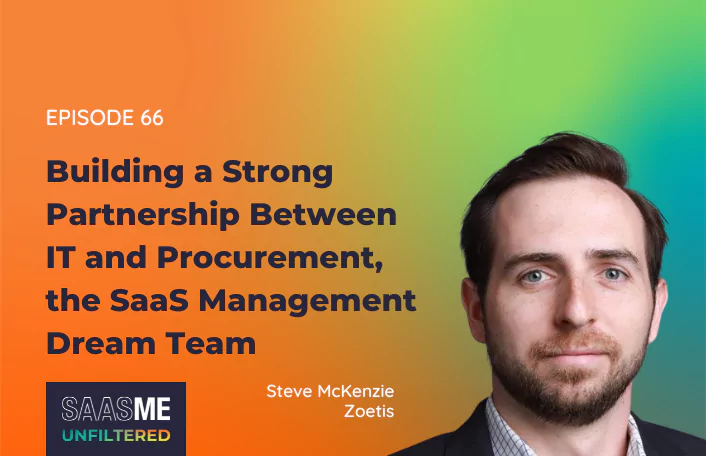
Table of Contents ToggleEpisode SummaryGuest SpotlightEpisode HighlightsDisconnect Drives Misconceptions between IT...
| Cookie | Duration | Description |
|---|---|---|
| cookielawinfo-checkbox-analytics | 11 months | This cookie is set by GDPR Cookie Consent plugin. The cookie is used to store the user consent for the cookies in the category "Analytics". |
| cookielawinfo-checkbox-functional | 11 months | The cookie is set by GDPR cookie consent to record the user consent for the cookies in the category "Functional". |
| cookielawinfo-checkbox-necessary | 11 months | This cookie is set by GDPR Cookie Consent plugin. The cookies is used to store the user consent for the cookies in the category "Necessary". |
| cookielawinfo-checkbox-others | 11 months | This cookie is set by GDPR Cookie Consent plugin. The cookie is used to store the user consent for the cookies in the category "Other. |
| cookielawinfo-checkbox-performance | 11 months | This cookie is set by GDPR Cookie Consent plugin. The cookie is used to store the user consent for the cookies in the category "Performance". |
| viewed_cookie_policy | 11 months | The cookie is set by the GDPR Cookie Consent plugin and is used to store whether or not user has consented to the use of cookies. It does not store any personal data. |
